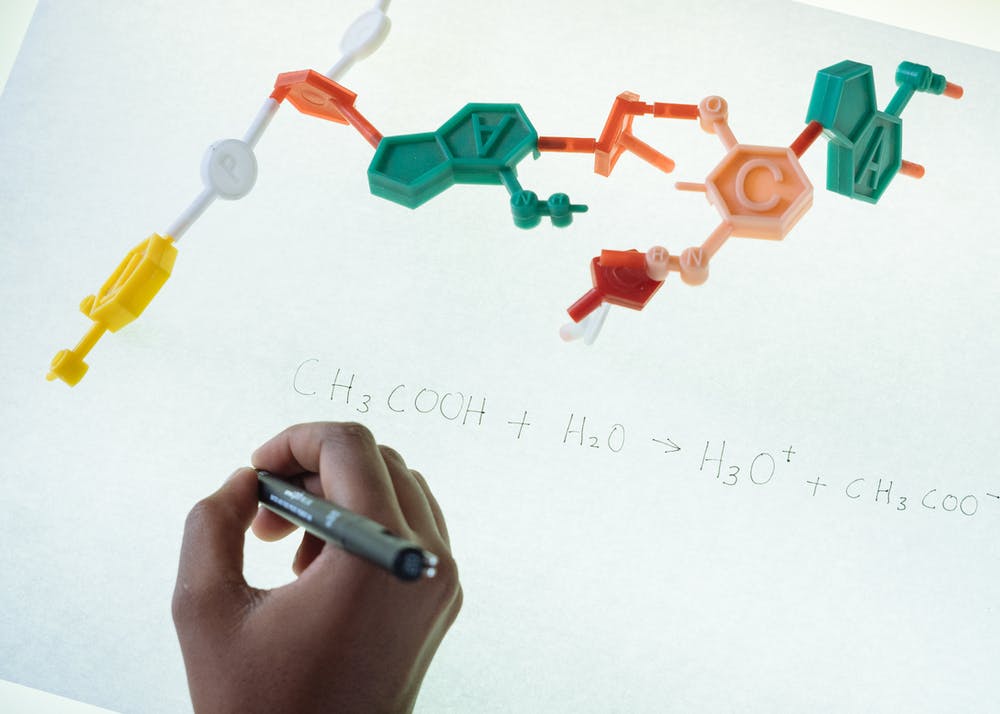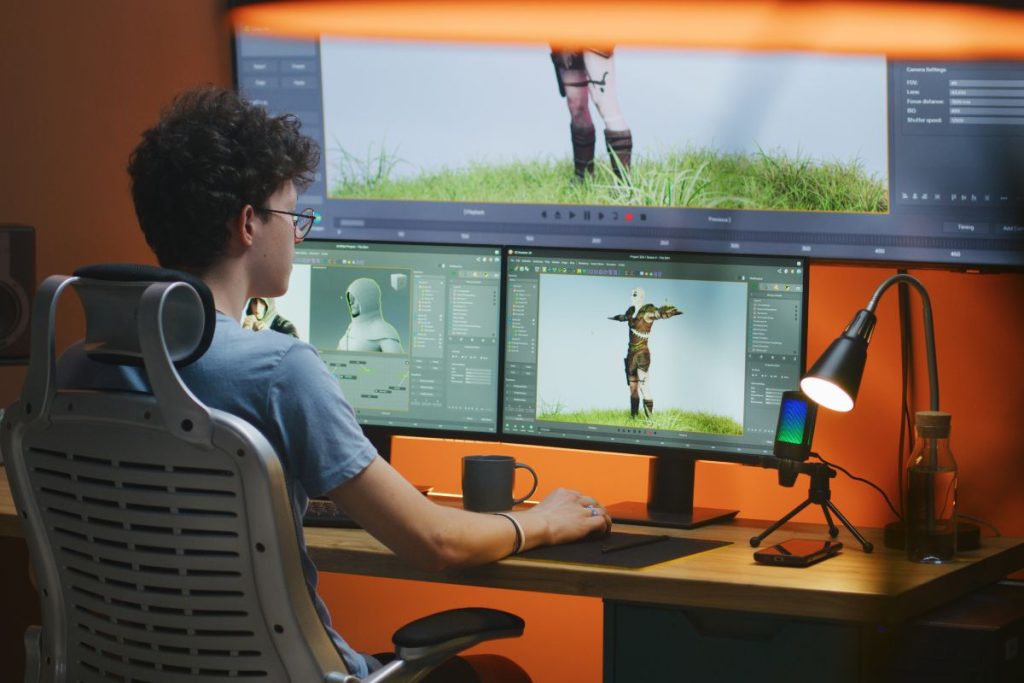
How Scientists Analyze Materials
If there is one thing that most people know about science, it’s that it is methodical and logical. There are certain procedures and systems that every scientist will have to adhere to in order to get the results they are looking for – or any results at all, in fact. This is what many people like about science; there is a method to everything, and it is a method that every scientist will follow.
This means that when scientists analyze materials, it doesn’t matter who they are or what they are looking at, and it doesn’t matter what the results might be; they will all use the same method. This is known as the scientific method, and we’ll look a little more closely into exactly what that means now.
What Is The Scientific Method?
The scientific method is something that scientists, both professional and amateur, have been using for decades, even centuries, to ensure their findings are accurate and can be presented in the right way. Essentially, it begins with asking a question and ends with finding the answer to that question. This answer will either confirm or disprove the original hypothesis. It won’t matter whether you’re studying dinosaurs, stars, the environment, tiny atoms, or how people think – the method will always be the same.
Having said that, each scientist will go about their work in their own way, in a way, in other words, that is comfortable and interesting for them. Yet despite this, there will always be the same scientific method at the heart of everything. Read on for the different steps that make up this scientific method; knowing these will allow you to take on any experiment or question you might want to know the answer to.
Ask A Question
Before you can begin with the more technical aspects of finding answers to your scientific query using the scientific method, you need to ask the question in the first place. Only when you have the question exactly as you want it will you know what you are looking for and what the next steps should be in terms of how you get to the answer.
Ideally, when you ask a scientific question, you need to think about not just what, but how, when, which, who, where, and definitely why. Make sure each of these questions comes together to create the right initial query for your experiment.
Background Research
Once you know the question you need the answer to, you’ll need to do background research to help set up your hypothesis and the experiment you will use to get your answer. This can be done using the internet in many cases, although you may also find it useful to go to a library, assuming it has a specialist science section that will be large enough to give you all the information you need.
The background research will need to include any other scientists’ research on the same subject matter, for example, as well as current theories if no answer has yet been found. It’s useful to have this information as it will prevent you from going too deep into a subject if there is no need, and it will prevent you from making the same mistakes others have done in their pursuit of the information they are looking for.
Construct A Hypothesis
Once you have all the background information you might need, it’s time to construct your hypothesis. This means that you write down what you expect the answer to your question might be. The point of the scientific method is to determine whether your hypothesis is right or wrong, so you don’t need to do any experiments at this point – your background reading and your initial understanding of the subject matter you are researching should be enough to allow you to answer the question as best you can.
Remember, it doesn’t matter if your hypothesis turns out to be wrong. Scientists aren’t working to prove themselves right. They are working towards the truth. The hypothesis gives them somewhere to start, but if it is incorrect, that is just as interesting and useful as if it is correct.
Test Your Hypothesis
Only once all the background information has been gathered and a hypothesis formed through this – and your own knowledge – can any experimentation be carried out. Once you are at this stage, make sure you have all the equipment you need, whether this is x-ray equipment from Malvern Panalytical or anything else that will be necessary. You will need to have this before you start your experiment, as having to stop and start again may be detrimental to your findings. Plus, once you begin, you’ll want to see the results through to the end without distraction.
Therefore, before you start your experiment, make sure you have:
- An equipment list
- A materials’ list
- A method for your experiment
Remember, you won’t only carry out your experiment once – you will do it a number of times to ensure the same result occurs each time. Therefore, ensure you have enough equipment and materials for every experiment you intend to carry out.
Draw A Conclusion
The final step of the scientific method is to look at the results of your experiments and draw a conclusion. Did the results prove or disprove your original hypothesis? If it was disproved, what can you do to take things further and find out more? In other words, why did the results not come out the way you had expected them to?
Whether the results were what you expected or something entirely different, you will need to document your hypothesis, experiment, and conclusions. You will also need to make them public if you are working in a professional capacity.
February 20, 2022
















